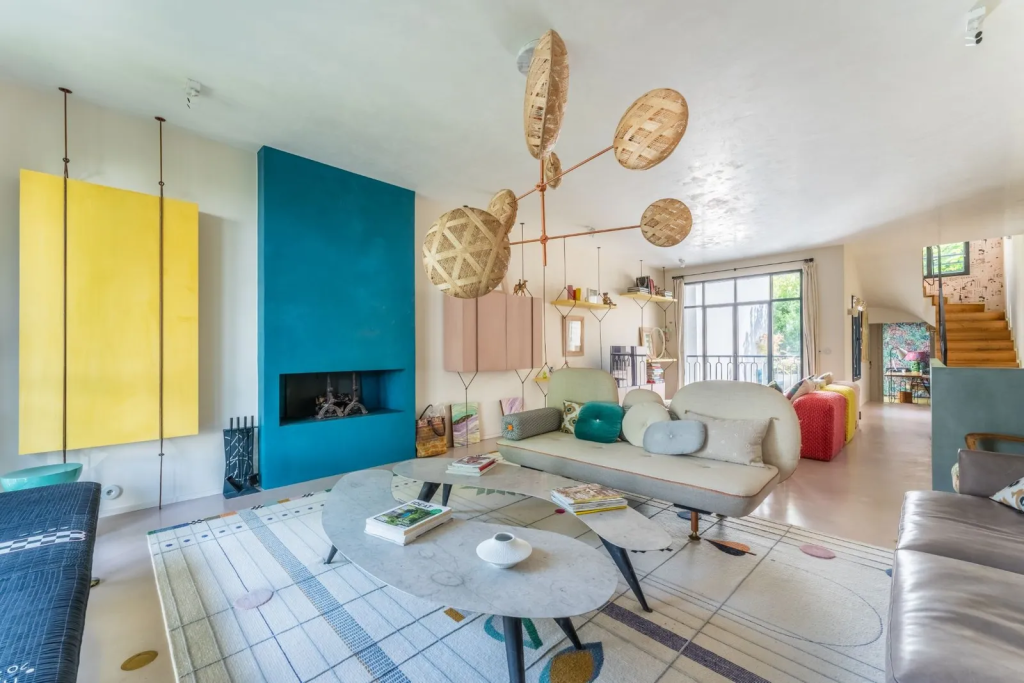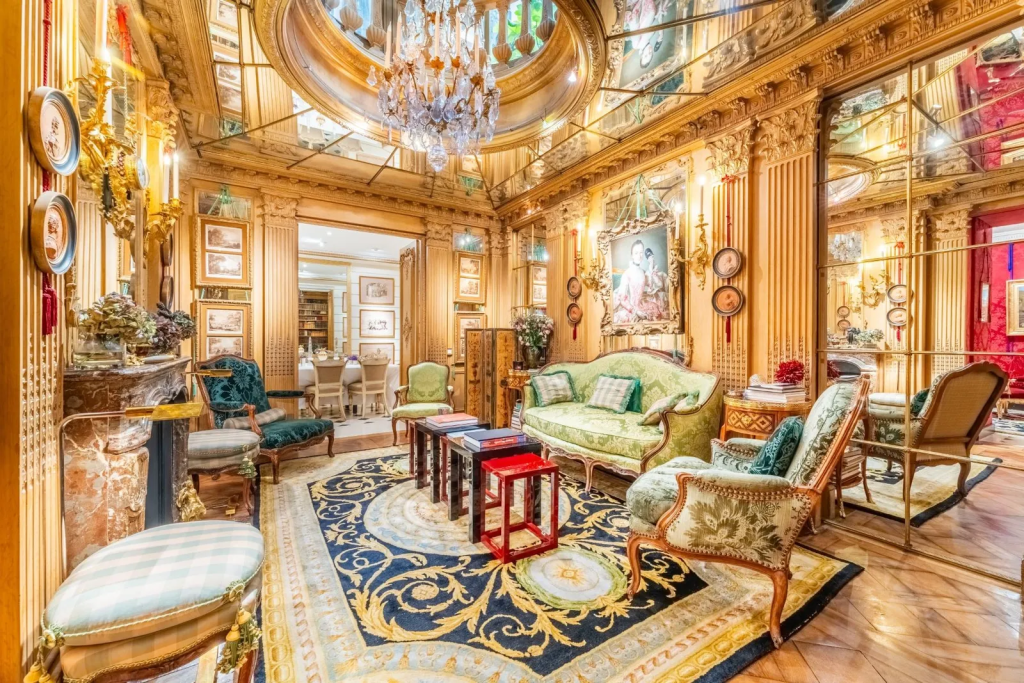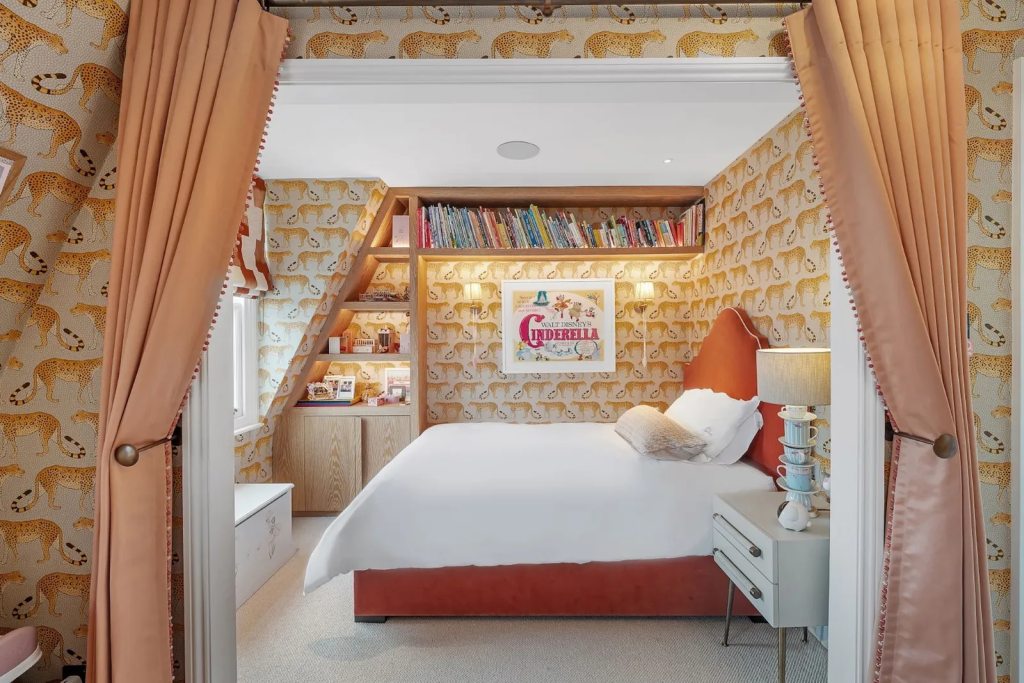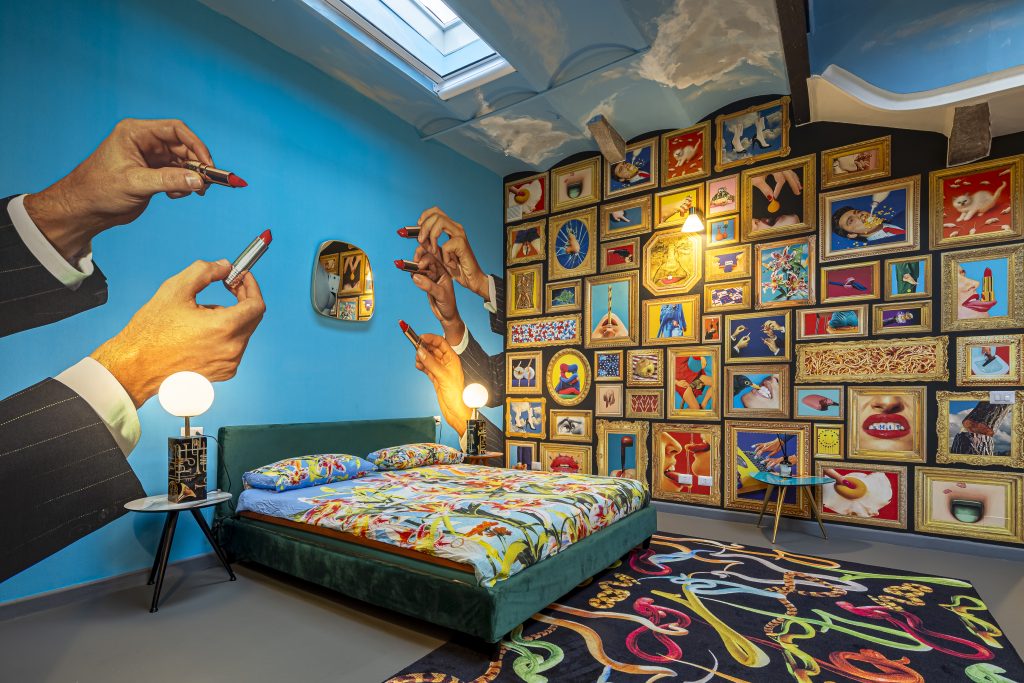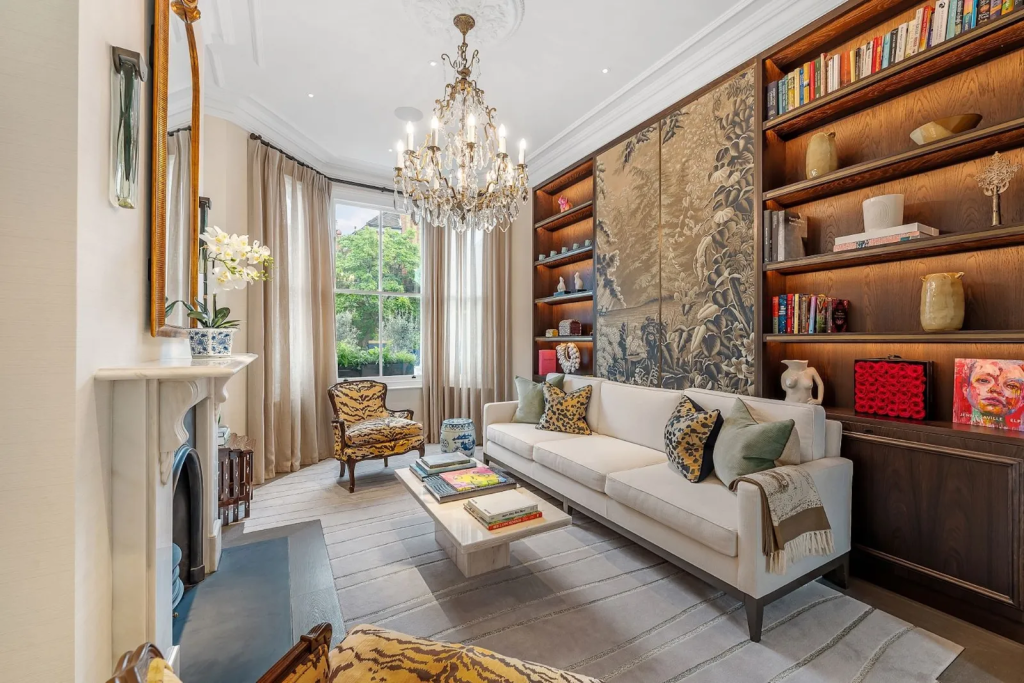
Ludwig Mies van der Rohe is said to have popularized the famous phrase, “Less is more”—and in doing so, he set a standard for many of his successors in the fields of architecture and design. But standards, by their very nature, are confining, and an increasing number of decorators are liberating themselves from the harsh limits imposed by stripped-down, pared-back aesthetics. Indeed, maximalism is making a meteoric ascent in popularity, and these four residences prove why.
It’s About Questioning the Rules
Margot Royer-Boquillon – Paris Marais Sotheby’s International Realty
As a term, “maximalism” only originated recently as a counterpoint to minimalism. In many ways, minimalism is a discipline more than a style; it demands a rigid adherence to specific principles of austerity and restraint. You can immediately identify a minimalist space because it follows certain conventions. Therefore, it’s fair to say that maximalism is based on the opposite—on defying convention and flouting norms—much like this whimsical mansion.
From mosaicked floors that look like a collaboration between Kandinsky and Hundertwasser, to staircases that seem to float, to bold blocks of color that serve as shelving and storage, this home demonstrates how unique and unfettered maximalism can be. There’s no “right” way to do it; rather, it allows spaces to speak for themselves—and their owners—and cultivate the curiosity of their inhabitants.
It’s About Linking Past to Present
Sophie Tripier – Paris Marais Sotheby’s International Realty
Today, the word “baroque” is shorthand for lavish and often synonymous with maximalism, though it hearkens back to a distinct movement in the 18th century when opulent adornment was highly sought-after. Since then, these baroque sensibilities have remained firmly in place—from the excess of Victorian design to the extravagance of Art Nouveau and Art Deco. Such is the timeless appeal of maximalism. By being free rather than fixed, and dynamic rather than static, it celebrates anachronisms, as seen in this opulent triplex.
Built in 1830, the home stands as a tribute to maximalism across the ages. The meticulous detail in the architecture is unparalleled, with finely crafted pilasters and cornices, along with a mirrored ceiling and striking skylight. And the materials, such as the brocade upholstery, gilded accents, and crystal chandelier, are almost deliriously luxurious.
It’s About Inspiring Joy, not Envy
Stacy Sims and Will Pitt – United Kingdom’s Sotheby’s International Realty
A “more is more” mentality may be conducive to conspicuous displays of wealth, but that’s not the purpose of maximalism. While an intricately furnished interior might be impressive, it’s far more important that it’s invigorating. Maximalism is fundamentally focused on jubilance. The point is to decorate with what feels right to you, and not what has been deemed “right” by trendsetters and tastemakers—an ethos that’s alive and well in this stately townhouse.
With statement prints juxtaposed alongside sleek neutrals, and ornately papered cabinetry set next to simple yet eclectic ceramics, this residence showcases the ease with which maximalism transcends time and trends. Rooms are relaxing but also exciting, personal while also universal; there may be references from many periods and places contained within four walls, but the result is a space unlike anywhere else in the world.
It’s About Expressing Individuality
Alberta Magni – Italy Sotheby’s International Realty
It’s no surprise that maximalism is a powerful means of self-expression, and is meant to be subjective. If an artwork or keepsake conjures a fantastic feeling or a beautiful memory, then it belongs—and this enables maximalist spaces to mix colors and textures even if they contrast, and blend design and decor even if they’re from different decades or centuries. The only criterion that matters is that it makes you happy, and who couldn’t be constantly delighted in an apartment like this wild wonderland?
Created in the style of traditional Milanese workshops from the late 1800s/early 1900s, this surrealist loft designed in collaboration with Toiletpaper utilizes captivating visuals to emphasize and expand the scale of the space, ushering the eye upwards and outwards, vertically and horizontally, with statement art pieces and one-of-a-kind collectibles. There always seems to be something novel to discover, as no two vantage points provide the same view.
Too often, trends are cyclical; as they recur, they return their followers to an earlier moment instead of fuelling forward momentum. But that’s not the case with maximalism. It remains relevant because even as it references its history, it endows every artist, architect, designer, and decorator with something fresh and new to work with that’s theirs—and theirs alone.
Maximalism is inherently personal—discover how these four homes are similarly distinctive.

